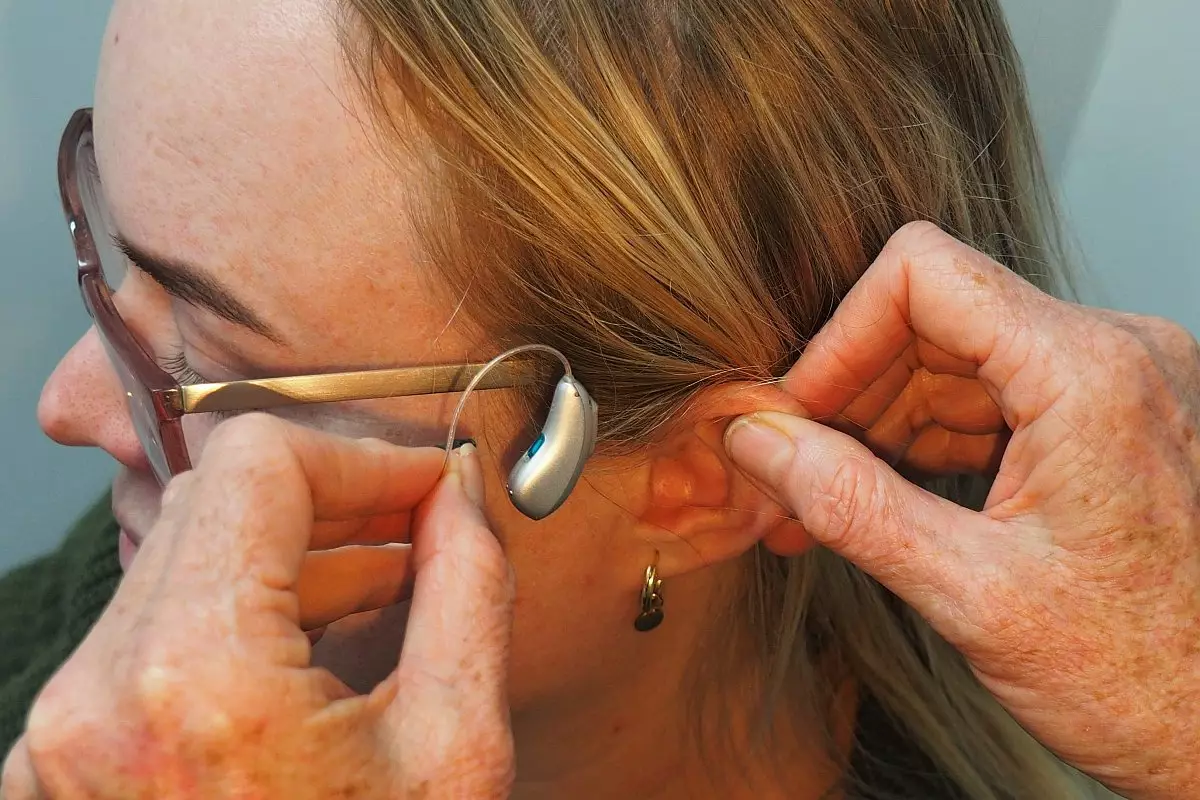In a significant stride towards inclusivity, the Federal Communications Commission (FCC) has established ambitious new regulations to ensure that all mobile phones sold in the United States are compatible with hearing aids. This decision, which comes as a response to the increasing number of Americans affected by hearing loss—an estimated 48 million—embodies an essential commitment to enhancing accessibility in technology. The FCC’s new rules are not just about compliance; they represent a broader understanding of the vital role that accessible technology plays in fostering equal opportunities for all individuals.
Effective immediately, the FCC’s mandate requires that every mobile handset launched in the U.S. must be equipped to work seamlessly with hearing aids. This new policy is underpinned by a collaborative effort with the Hearing Aid Compatibility (HAC) Task Force, comprising diverse stakeholders including smartphone manufacturers, researchers, service providers, and individuals living with hearing impairments. Such a cooperative approach is pivotal, as it ensures that the needs and challenges faced by users are directly reflected in the regulations.
While the FCC has confirmed the need for 100% compatibility, full-fledged implementation might not be instantaneous. The regulations include a transition period, though a specific timeline remains ambiguous. Past regulations had set a goal of 85% compliance from manufacturers, making this shift significant in raising the bar of expectation for accessible technology.
The enforcement of these new rules marks a critical shift in the mobile industry’s approach toward inclusivity. Notable companies have already demonstrated compliance; for instance, Apple’s iPhone models from the iPhone 6 through to the, recent iPhone 16 are certified as hearing aid compatible. Google’s entire Pixel lineup also meets the necessary standards. Samsung reports that many devices in its Galaxy S and Galaxy Z series are compatible as well. Yet, the challenge lies ahead for all manufacturers to integrate these requirements universally across their entire product line.
Manufacturers will need to reevaluate their design and engineering processes to align with the FCC’s specifications. One of the noteworthy new prerequisites entails a shift away from proprietary connectivity standards, compelling companies to adopt more universally accepted Bluetooth coupling protocols. This aims to streamline connections between smartphones and hearing aids, leading to fewer connectivity issues and better user experiences.
The Importance of Volume Control Benchmarks
In addition to compatibility features, the FCC is emphasizing volume control specifications to safeguard the auditory experience of users. According to the new regulations, mobile devices must adhere to volume control benchmarks specifically designed to amplify sound without distortion. This consideration is particularly crucial for users of both traditional hearing aids and cochlear implants, ensuring that they have the capability to adjust settings to their personal comfort level without compromising sound quality.
Moreover, mobile device manufacturers will be obliged to label their products in a manner that clearly communicates compatibility with hearing aids, compliance with Bluetooth requirements, and information about the smartphone’s conversational gain. This transparency will empower consumers to make informed choices consistent with their audiovisual needs.
The FCC’s recent adoption of rules aimed at hearing aid compatibility is a milestone in the quest for inclusivity in technology. By holding mobile manufacturers to a standard that prioritizes the needs of millions of consumers with hearing disabilities, the FCC is fostering a more equitable digital environment. This move could serve as a template for other regulatory bodies and industries to follow, acknowledging the necessity of accessibility in all aspects of modern life. In a world increasingly dominated by technology, ensuring that everyone can participate fully is not just a legal obligation—it is a moral imperative. This initiative paves the way for a more inclusive future where technological advancements truly benefit all individuals, regardless of their physical capabilities.


Leave a Reply